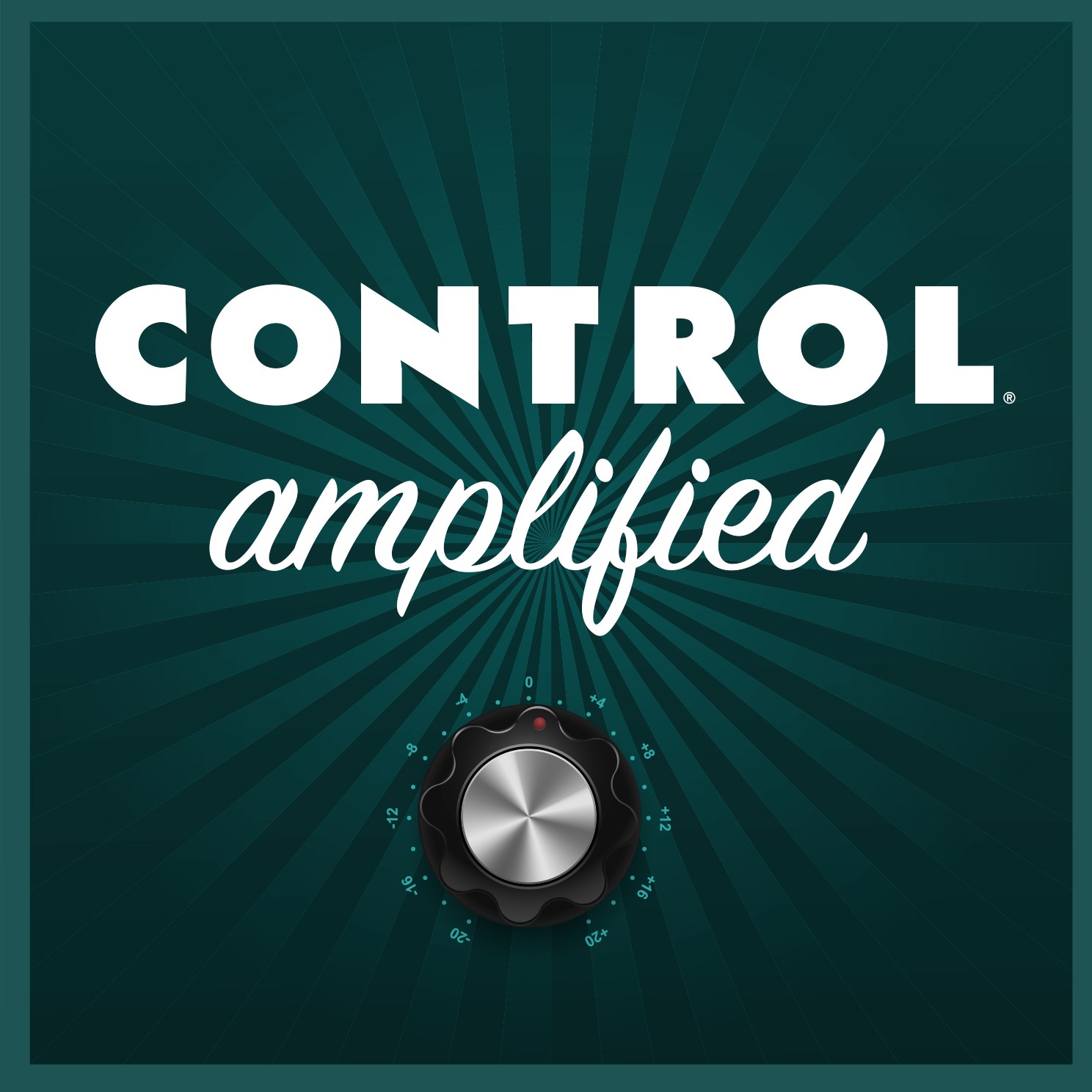Listen "The challenges of LPG tank gauging and how to overcome them"
Episode Synopsis
Liquefied petroleum gas (LPG) is a hydrocarbon gas consisting primarily of propane, butane, or a mixture of both. Because it produces lower greenhouse gas emissions than traditional solid fuels, there's increasing demand for LPG across the world. In fact, some governments have implemented policies and initiatives to promote the use of LPG to reduce air pollution and improve public health. This increased demand puts the onus on storage terminals to use their capacity as efficiently as possible, by optimizing inventory management and safety. This can be achieved by integrating non-contacting radar level gauges into tank gauging systems.
Control’s editor-in-chief, Len Vermillion, spoke with Tomas Hasselgren, manager of global business development at Emerson, about the challenges of LPG tank gauging, and the benefits that can be achieved by using non-contacting radar level gauges rather than traditional level measurement technology.
Control’s editor-in-chief, Len Vermillion, spoke with Tomas Hasselgren, manager of global business development at Emerson, about the challenges of LPG tank gauging, and the benefits that can be achieved by using non-contacting radar level gauges rather than traditional level measurement technology.
More episodes of the podcast Control Amplified: The Process Automation Podcast
Enterprise data analytics in the age of AI
15/10/2025
Gigafactories challenged by explosive growth
26/09/2025
Raising the bar for flow measurement
27/08/2025
How Trihedral shares SCADA data
13/08/2025
How AI is reshaping industrial automation
07/08/2025
 ZARZA We are Zarza, the prestigious firm behind major projects in information technology.
ZARZA We are Zarza, the prestigious firm behind major projects in information technology.
